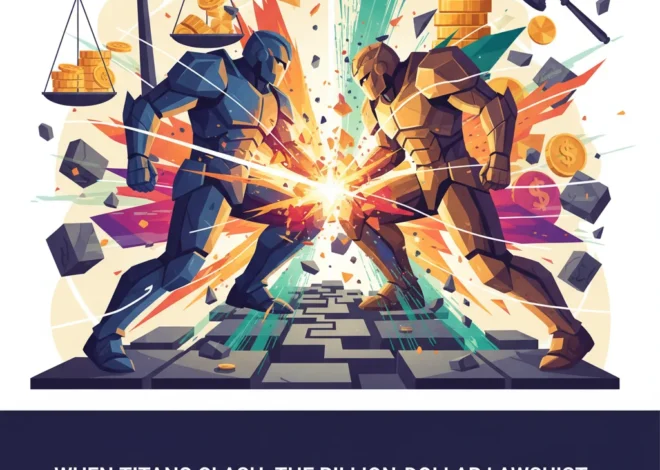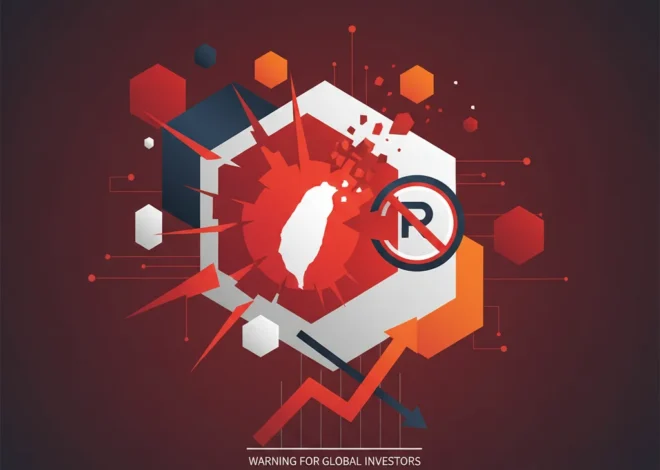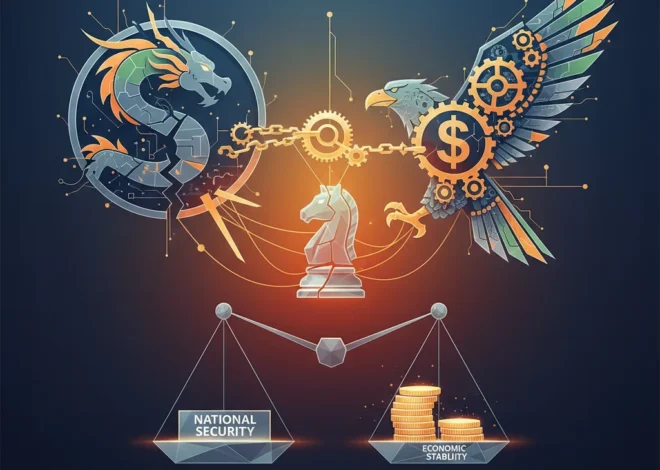
Titans, Tensions, and Tech: Decoding the Mixed Signals of the Global Economy
The global financial landscape is sending a flurry of contradictory signals. In London, the titans of private capital gathered under a cloud of uncertainty, lamenting the end of an era. Meanwhile, on Wall Street, banking giants posted eye-watering profits, seemingly defying economic gravity. And in a quiet but significant move, a European government stepped in to seize a chipmaker from its Chinese parent, highlighting a new front in the battle for technological supremacy. These aren’t isolated events; they are interconnected chapters in the unfolding story of a global economy in transition. By dissecting these developments, we can gain a clearer picture of the challenges and opportunities facing investors, business leaders, and financial professionals today.
The Party’s Over: Private Capital Confronts a New Reality
The mood at SuperReturn International in London, one of the world’s largest private capital conferences, was reportedly more somber than celebratory. The “golden era” for private equity—a decade-plus run fueled by near-zero interest rates, cheap leverage, and soaring valuations—has come to an abrupt end. Stephen Schwarzman, the billionaire co-founder of Blackstone, captured the sentiment, noting the stark contrast with the boom times of 2021, a year he described as “almost perfect” for the industry (source).
The challenges now facing the industry are multifaceted. Higher interest rates have made financing deals more expensive and have put downward pressure on company valuations, complicating the path to profitable exits. Fundraising has become a grueling marathon rather than a sprint, as institutional investors (Limited Partners or LPs) are overallocated to the asset class and are becoming far more selective about where they commit capital. This new environment represents a fundamental shift in the power dynamic between fund managers and their investors.
To understand the magnitude of this change, consider the key differences between the bygone era and the current landscape:
| Metric | The “Golden Era” (Pre-2022) | The New Reality (2023-Present) |
|---|---|---|
| Interest Rates & Leverage | Ultra-low, making debt cheap and abundant for buyouts. | Significantly higher, increasing financing costs and reducing deal leverage. |
| Fundraising Environment | Relatively easy; LPs eager to deploy capital. | Extremely challenging; LPs are cautious and demanding better terms. |
| Valuations & Exits | Consistently rising, leading to strong returns via IPOs and sales. | Stagnant or falling, making profitable exits difficult. The IPO market is sluggish. |
| Focus for GPs | Financial engineering and riding market momentum. | Operational improvements and genuine value creation within portfolio companies. |
This shift forces a return to the basics of private equity: operational excellence. Fund managers can no longer rely on financial leverage and market multiples to generate returns. Instead, success will be defined by their ability to actively improve the businesses they own. For those in the world of investing, this means a greater scrutiny of a fund’s strategy and its managers’ operational expertise is more critical than ever.
Wall Street’s Windfall: A Paradox of Profit and Prudence
While private equity grapples with its hangover, Wall Street’s biggest banks are toasting to bumper profits. JPMorgan Chase, Wells Fargo, and Citigroup all reported stellar second-quarter earnings, largely driven by a surge in net interest income (NII). NII—the difference between what banks earn on loans and what they pay out on deposits—has ballooned as central banks have aggressively hiked rates to combat inflation.
JPMorgan, the nation’s largest lender, saw its net interest income soar by an astonishing 44% to $21.9 billion for the quarter. However, beneath these headline numbers, a more complex picture emerges. The very rate hikes fueling NII are also cooling other parts of the economy, leading to a slump in other key banking divisions.
Here’s a snapshot of the conflicting performance drivers for major US banks:
| Performance Area | Trend | Underlying Reason |
|---|---|---|
| Net Interest Income (NII) | ▲ Strong Growth | Higher interest rates allow banks to charge more for loans relative to deposit payouts. |
| Investment Banking & Trading | ▼ Slump / Decline | Economic uncertainty and higher financing costs have chilled M&A and IPO activity. |
| Loan Growth | ▸ Slowing | Higher borrowing costs are deterring both consumers and businesses from taking on new debt. |
| Provisions for Credit Losses | ▲ Increasing | Banks are setting aside more capital in anticipation of potential defaults on loans. |
This data reveals a critical vulnerability: the current profit engine is heavily reliant on a monetary policy that is, by design, temporary. As inflation subsides and central banks eventually pivot, this NII tailwind will fade. Furthermore, the increase in provisions for bad loans signals that banks are bracing for a potential downturn. The health of the stock market and the broader financial system depends on how well these institutions navigate the inevitable normalization of interest rates.
The New Geopolitical Battlefield: Chips, Security, and Sovereignty
Shifting from boardrooms to government chambers, the third key development reveals how geopolitics is reshaping global business. The Dutch government’s decision to seize the chipmaker Nowi from its Chinese-owned parent company, Nexperia, is a clear signal that national security now trumps pure market-driven economics in strategic sectors (source).
This isn’t an isolated incident but part of a broader, coordinated effort by Western governments to protect their technological supply chains and prevent sensitive intellectual property from falling into the hands of strategic rivals. Semiconductors are the bedrock of the modern digital economy, powering everything from smartphones and cars to advanced military hardware and AI data centers. The struggle for control over their design and production is a defining feature of the 21st-century geopolitical landscape.
For decades, the world of financial technology and hardware operated on a globalized model of open investment and integrated supply chains. That model is now being systematically dismantled. The implications for businesses and investors are profound:
- Increased Regulatory Risk: Cross-border M&A in any sector deemed “strategic”—from fintech and AI to biotech and quantum computing—will face intense government scrutiny.
- Supply Chain Realignment: Companies are being forced to re-evaluate their supply chains, moving away from a model of pure cost-efficiency toward one that prioritizes geopolitical resilience (e.g., “friend-shoring”).
- Valuation Impact: A company’s geographic footprint and ownership structure are now key risk factors that can directly impact its valuation and investment appeal.
This new paradigm demands a more sophisticated approach to risk management, one that integrates geopolitical analysis directly into financial and strategic decision-making. The era of frictionless global commerce is over, replaced by a more fragmented world of competing economic and security blocs.
Conclusion: Navigating an Era of Uncertainty
The convergence of these three stories paints a portrait of a global financial system at a crossroads. The private capital markets are adapting to the end of easy money, forcing a return to fundamental value creation. The banking sector is enjoying a fleeting moment of policy-driven prosperity that masks underlying economic fragility. And the world of technology and high-stakes trading is being redrawn along geopolitical lines, creating new risks and rewriting the rules of global competition. For anyone involved in finance, the message is clear: the strategies that worked for the last decade will not suffice for the next. Agility, operational discipline, and a keen understanding of macroeconomic and geopolitical crosscurrents are no longer just advantages—they are essential for survival.


